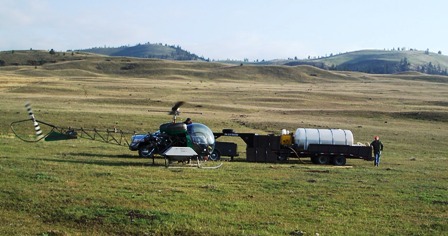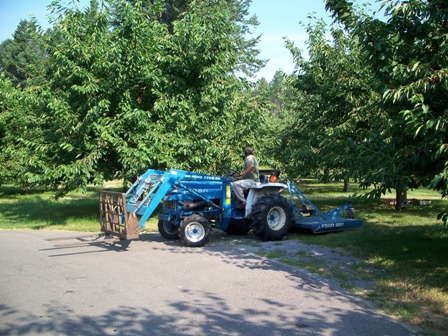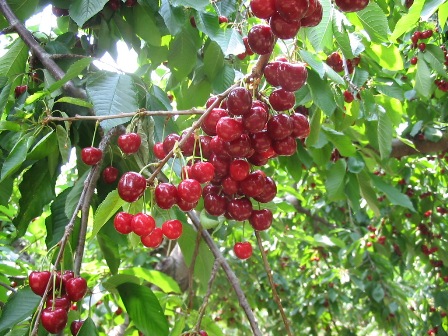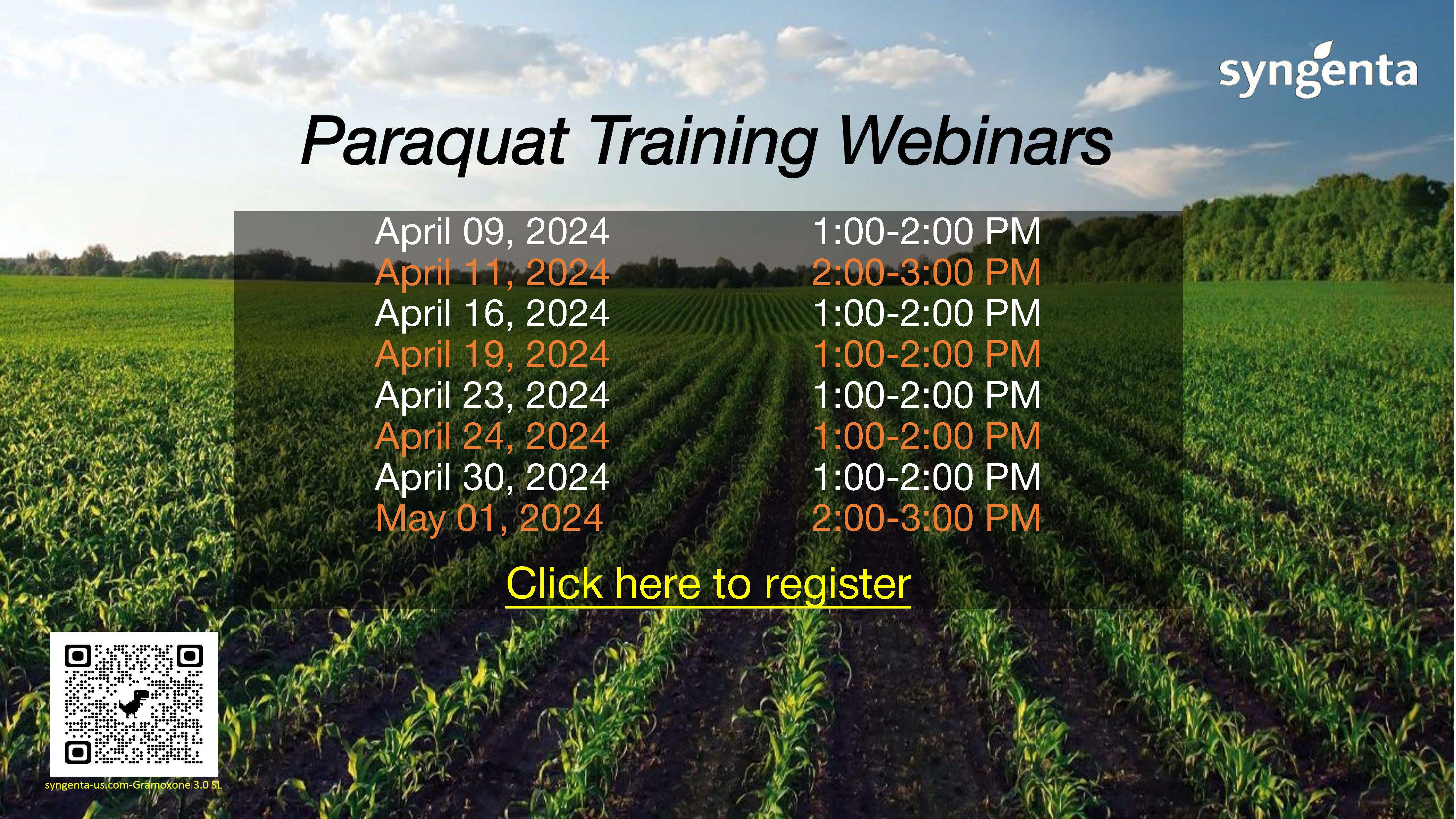
Background and History of the Pesticides Program
In 2006, the Pesticides Program was added to the Environmental Protection Division and entered into a Tribal Pesticide Circuit Rider Program with the U.S. Environmental Protection Agency (USEPA), Region 8 (R8). The US EPA, Region 8 offices are located in Denver, Colorado and the Region 8 consists of Montana, North Dakota, South Dakota, Wyoming, Colorado and Utah. The Pesticide Program is funded by an annual USEPA Federal Insecticide, Fungicide, and Rodenticide Act (FIFRA) grant. FIFRA is a national law that regulates pesticides and there use while seeking to educate pesticide users to reduce misuse and to protect public health and the environment.
Circuit Rider Program
The Tribal Pesticide Circuit Rider Program is a cooperative effort by the U.S. E.P.A., Region 8 and the Confederated Salish and Kootenai Tribes to implement the Federal Insecticide, Fungicide and Rodenticide Act (FIFRA) in Indian Country. FIFRA is the national law that regulates pesticides and their use.
USEPA Region 8 entered into a Memorandum of Agreement (MOA) on September 13, 2007 with the Blackfeet Tribe and Confederated Salish and Kootenai Tribes. This MOA serves to increase compliance monitoring efforts with the U.S. Customs and Border Protection on pesticide imports on the Blackfeet Indian Reservation. The Reservation has 65 miles of international border and the two ports of entry, the Del Bonita and Port of Peigan. On May 26, 2010 the USEPA (R8) then entered into an agreement with the Crow Nation for their participation in the Tribal Circuit Rider Program and in 2009; a two year process began with Northern Cheyenne Tribe (NCT). Representatives successfully entered into a MOA on December 9, 2011. These cooperative agreements allow the CSKT inspectors to implement FIFRA regulations and to provide technical and compliance assistance on behalf of EPA in Indian Country.

Compliance Monitoring
Use Inspections: Pesticide use inspections consist of ensuring that the applicator is following all label requirements, including applicator certification requirements and Worker Protections Standards when applicable. Use inspections are subdivided into two categories: agricultural use inspections and non-agricultural use inspections. Agricultural use inspections involve the inspection of pesticide applications in conjunction with the production of agricultural commodities (plants or animals) while non-agricultural inspections involve non-agricultural pesticide applications.
For Cause Inspections: For cause inspections are initiated in response to a complaint, damage report, referral or tip. For cause inspections are also subdivided into agricultural and non-agricultural categories.
Restricted Use Pesticide (RUP) Dealer Records Inspection: A RUP dealer inspection is conducted on-site at a dealer who sells RUPs. The purpose of such inspections is to determine if the dealer is maintaining the required records and to determine if RUPs are being sold exclusively to certified applicators or other properly authorized persons.
Certified Commercial Applicator Records Inspection: A certified commercial applicator records inspection is normally conducted at the certified applicator’s place of business. The purpose of such inspection is to determine if the applicator is properly certified, is maintaining the required records, and is complying with the applicable laws and regulations.
Marketplace Inspection: A marketplace inspection is an inspection conducted at the retail or wholesale level for the purpose of determining product registration status, proper storage and display, labeling violations and product composition.
Producer Establishment Inspection: A producer establishment inspection is an inspection of an establishment where pesticides or devices are produced and held for distribution or sale. The purpose of such inspection is to determine if the producer is maintaining the appropriate records, producing only registered pesticides and using accepted labeling.
The circuit rider will notify EPA Region 8 within one week of the discovery of any suspected violations of FIFRA and will forward the inspection file to EPA for any appropriate enforcement response. EPA Region 8 will review the inspection file provided by the circuit rider, determine if there are FIFRA violations and, if appropriate, and initiate enforcement action.
Pesticide Labels
The pesticide label provides valuable information about proper handling and use of the pesticide, potential risks the pesticide may pose to humans, animals, plants and the environment, and instructions on how to minimize or avoid those risk. Every person who applies pesticides has the responsibility to read and follow the label information so no harm results from handling pesticides from the time of purchase through ultimate use or disposal.
Before you buy a pesticide, read the label to determine these basics:
- Where the pesticide can and cannot be applied
- If the pesticide will control the pest or pests
- If the pesticide can be applied safely and legally under the application conditions
- Necessary application and safety equipment
- Amount of pesticide needed for the application (buy only the amount needed)
- Relevant restrictions for use of the pesticide
Pesticide labels are legal documents. Except where otherwise allowed by law, the applicator must conform with all label instructions. The most common violations of pesticide law involve use inconsistent with the label.
PLASTIC PESTICIDE CONTAINER RECYCLING
Our project’s goal is to provide a place where the community can keep pesticide containers out of landfills, saving money, energy and our environment. Recycling plastics are converted into fence posts, pallets, field drain tiles, speed bumps and parking stops.
The Montana Department of Agriculture purchased a Pesticide container Recycling Truck that drives through the state of Montana and arrives at pre-determined collection sites to collect and grind all clean #2HPDE agricultural pesticide container plastic. The Environmental Protection Agency (EPA), Confederated Salish & Kootenai Tribes (CSKT), the Lake County Weed Control and the Montana Department of Agriculture (MDA) are working cooperatively to provide this service to the Flathead Reservation businesses and applicators.
The drop off location is at Lake County Weed Control Facility near the transfer-station off of HWY 93 between Polson and Pablo.
The containers must be:
- Tripled rinsed & punctured;
- Label booklets & foil, lids removed; (stuck on labels may remain)
- 5+ Gallon and Larger Gallon Containers must be cut into 3 sections to fit into shredder;
- There will be a disposal container set up at the Lake County Weed facility;
- Any containers un-cleaned will be REJECTED!
For more information please contact:
CSKT Pesticide Program: (ph) 406-675-2700 Jasmine Courville, Pesticide Program Manager Ext. 7218 Pesticide Specialist: Brittani Clairmont Ext. 7209
Montana Department of Agriculture: Leonard Berry or Ron Ahlgran 406-444-5400
Lake County Weed Control: Tyler Linse Office 406-883-7342
Drift Complaints and Emergencies: 406-471-9240
EPA Offers Virtual Training (Will Update Trainings Quarterly - Federal Certification to Apply Restricted Use Pesticides in Indian Country | US EPA )
RUPs require special care to avoid harming human health and the environment. Under the Federal Insecticide, Fungicide, and Rodenticide Act (FIFRA), RUPs can only be used by pesticide applicators who are specially certified or, when allowable, by persons under their direct supervision. RUPs can only be used in areas where EPA has explicitly approved or implemented an applicator certification plan for that state, tribe, or federal agency.
EPA federal certification is not valid in areas of Indian country for these Tribes: (1) Cheyenne River Sioux Tribe, (2) Prairie Band Potawatomi Nation, (3) Santee Sioux Tribe of Nebraska, (4) Three Affiliated Tribes of the Fort Berthold Indian Reservation, (5) The White Earth Band of Chippewa Indians, or (6) the Yurok Tribe. Persons interested in using or supervising the use of RUPs on the first five Tribe’s area of Indian country should contact the Tribal government. The Yurok Tribe prohibits the use of RUPs in their area of Indian country.
Any person who uses or supervises the use of RUPs within the areas of Indian country covered by the EPA Plan needs a federal certification from EPA. Additionally, some Tribes may have further restrictions or prohibit the use of RUPs. The EPA Plan does not supersede such Tribal codes, laws, regulations, or other applicable requirements. Applicators of RUPs in Indian country should contact the Tribe to learn more about their requirements.
This training is specifically for private applicators. You are a private applicator if:
1. You apply an RUP to produce an agricultural commodity on land you or your employer owns or rents OR
2. You apply an RUP on another person’s property if the RUP is applied without compensation other than trading of personal services between producers of agricultural commodities.
You are a commercial applicator if you use an RUP for hire, on property that does not fall under the definition of a private applicator, or while working for a government agency. For more information on applicator certification, see EPA’s website on who needs to apply for pesticide applicator certification in Indian country under the EPA Plan.
Private applicators may either complete the EPA private applicator training or receive a private applicator certification from a state or tribe with an EPA-approved certification plan.
Applicators interested in attending the two-day, 12-hour course should express interest by emailing This email address is being protected from spambots. You need JavaScript enabled to view it. by Monday, May 6, 2024.
Paraquat Training Webinar Registration 2024
Link: Paraquat Training Webinar Registration 2024
The registration link will require the following: first and last name, email address, and certification license #. This will allow for a report to be sent to EPA and to your state for certification credits.
- There is a mandatory quiz at the end of the webinar that will be conducted thru zoom, so make sure trainees know to stay on until the end of the webinar.
- I have attached a flyer containing dates/times that can be emailed out that has the registration link embedded.
- Below are the dates and times for April.


